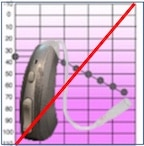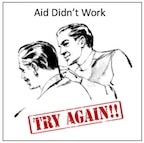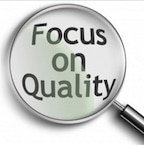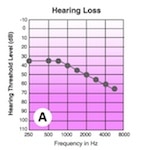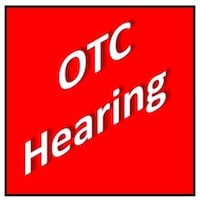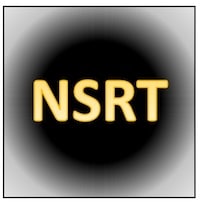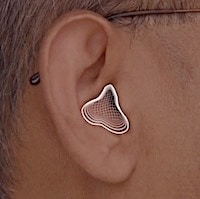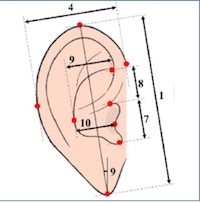Jun. 20, 2017
This post discussion is a continuation of previous posts related to comments that many hearing professionals have expressed with concerns that OTC/PSAP hearing aid sales will result in dissatisfied users because: The instruments are not professionally fitted An audiogram is necessary OTC-sold devices (previously defined as PSAPs) are of poor quality and will not meet the needs of the hearing



